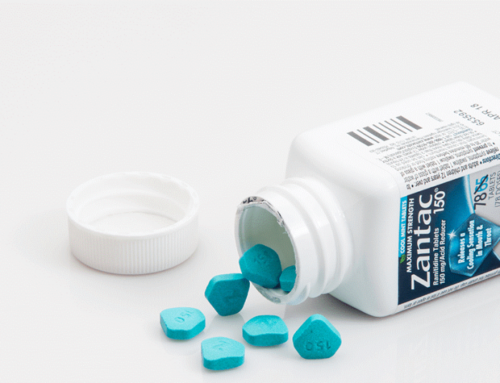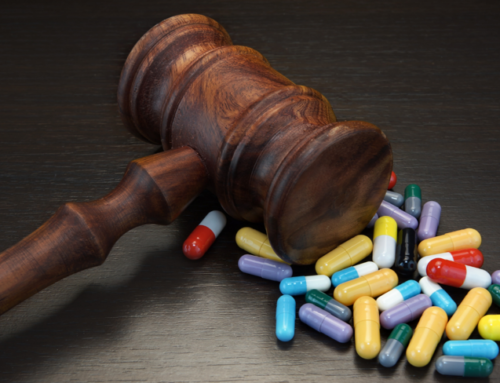
Before claims ever become part of a mass tort, they often start as a hunch. Perhaps an FDA recall is released, a new study comes out on risks of a medication or device, or maybe a few lawyers notice that a drug’s documentation does not quite seem complete.
As more lawyers, claimants, and experts are pulled in, advertising and the volume of claims increase. Ultimately, plaintiff’s lawyers – and sometimes defense lawyers, too – are aiming for a multidistrict litigation (MDL). This process is designed to help federal courts efficiently manage a set of related cases filed across many different jurisdictions.
In order for an MDL to be possible, the group of lawsuits must involve at least one common question of fact. A judicial panel is assembled to consider requests to consolidate cases into an MDL. An MDL is granted when the panel finds that it will serve “the convenience of parties and witnesses and will promote the just and efficient conduct of such actions.”
The district court presiding over the MDL holds jurisdiction over all matters in the cases, with the ability to dispose through dismissal or summary judgement. The court will control the pace and scope of discovery as well as the limits of expert testimony.
MDLs provide many benefits, including being significantly more economical. One disadvantage is that the mass coordination can give defendants more time to build their defense.
What Happens Once an MDL is Formed?

A plaintiffs’ steering committee (PSC) is also formed under the MDL, with the purpose of collectively and efficiently representing the interests of all the plaintiffs in the MDL. The PSC is composed of volunteer lawyers and paralegals working together to complete the discovery process. Lawyers on the PSC are able to help protect their own clients’ interests by being part of the leadership.
If the MDL proceeds, both sides will select bellwether cases to see which way “the wind is blowing” and how juries will respond to allegations and testimonies. When juries side with the plaintiff, this is good news for attorneys investing into cases. It is particularly good when juries award punitive damages, as this communicates to the pharmaceutical manufacturers that they’ve been “caught.”
Even after positive verdicts come out, it can be many months and even years until settlement day comes. Once settlements are reached, clients have to be tracked down to ensure that they accept the settlement so that the participating lawyers can get paid.
All in all, it is a long process and there is risk involved – paired with a substantial potential reward.
A Few Key Takeaways

#1 – Forming an MDL is good news for the plaintiffs
First, this is good news because it has been established by the courts that there is good reason to form a centralized docket, and because you’ll be able to file your cases as part of the group.
Second, this tells you the cases you want to invest in are more likely to pan out. Of course, the outcome is never known until the day of actual settlement, but the formation of an MDL is a good indicator. That said, we diversify investment in cases at their various stages of litigation, because cost per client typically goes up once an MDL is formed.
#2 – Being on the PSC or being closely connected to lawyers on the PSC is important
Many attorneys participate in mass torts and are waiting for their paycheck. But attorneys who are on the PSC, or who are closely connected to those that are, understand where the litigation is and where it is going, often before the public does.
At Gacovino Lake, we have longstanding relationships with many of the nation’s biggest plaintiff firms and their lead lawyers. This allows us to make smart decisions and remain aware of what is happening.
#3 – It is a long process
Mass torts is a high-risk, high-reward arena. It is not a fast process. Investing into cases might not yield results for one, two, five, or more years (it greatly depends on the stage of the litigation). However, when they do yield, we have seen how significant the return can be.
Related Article: How to Diversify a Mass Tort Inventory
Interested In Growing a Mass Tort Inventory?
Complete the form below and one of our team members will reach out to you to shortly. You’ll be able to find out if our programs which enable lawyers to grow a mass tort inventory are right for you.





[…] on what to do next. Also, if you are looking for more information about how mass torts work, follow this link for more […]
[…] sue companies for injuries or illnesses that a lot of people experience from using the same product. Mass tort cases are cases filed by people that claim injuries caused by defective products, prescription drugs, […]
[…] tort settlements include Transvaginal mesh, Xarelto, Zofran, Syngenta CMO Corn, and IVC filters. Click here for more information about mass torts and how they […]